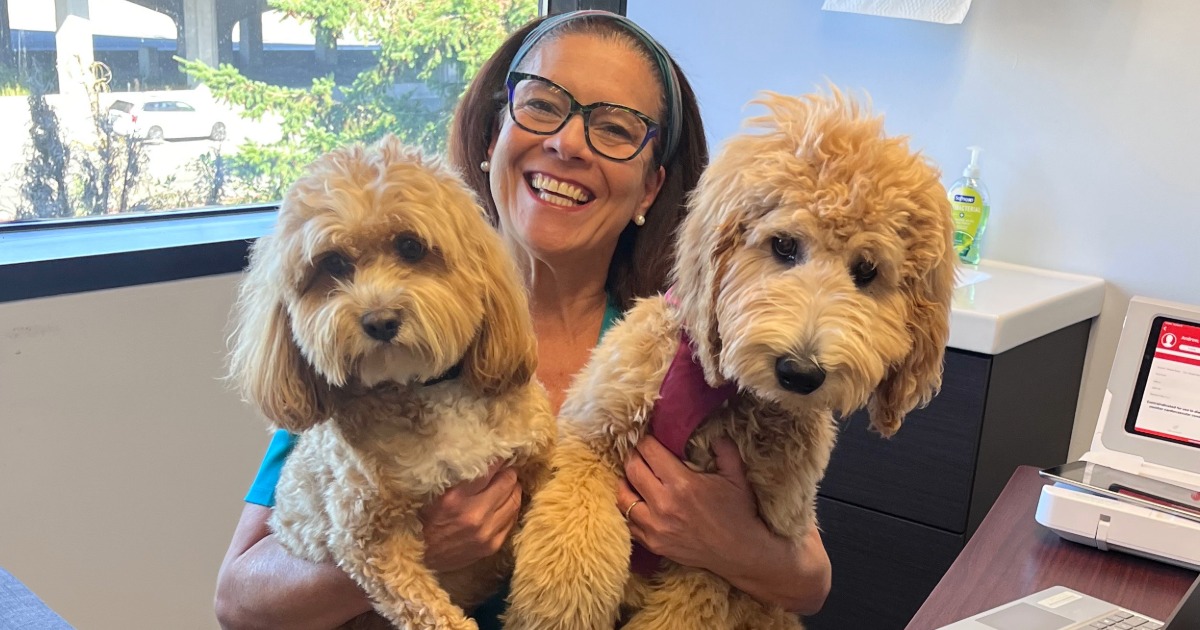
Photo by: Ted Horowitz/Getty Images
CommonSpirit Health says its new interoperability partnership with ESO, a vendor of patient registry software for emergency medical services, is improving patient care and provider education across Utah's Wasatch Front region.
WHY IT MATTERS
When emergency medical service teams are able to access patient outcome data sent from hospitals to their electronic patient care records systems, it can aid care in the field and also improve emergency response training.
In addition to real-time data to enhance clinical decision-making, the outcome data from providers can also improve visibility into a patient's social determinants of health during encounters.
Through the ESO Health Data Exchange platform that went live July 1, hospitals and emergency medical services are participating in bidirectional sharing of patient data across Salt Lake, Davis and Utah counties, which links CommonSpirit's five hospitals in the region with numerous EMS and fire agencies.
While ESO said it is unable to disclose the specific numbers or volume of outcomes due to privacy concerns, the new health data exchange partnership is bridging the traditional gap between EMS and hospitals, and has hastened rapid change, according to CommonSpirit.
The data-driven insights are elevating the standard of care for patients across the entire region, according to Dr. Tim Bode, chief medical officer for CommonSpirit Health's Mountain Region.
All EMS and fire agencies that transport patients to the CommonSpirit facilities along the Wasatch Front can participate and gain access to longitudinal patient health records, regardless of their technology, according to the announcement.
The ESO HDE likewise delivers ePCR directly to hospitals' electronic health record systems as it allows EMS to immediately access vital clinical information – lab results, imaging, detailed vitals and procedure notes – in real time.
The availability of this post-hospital outcome data also supports EMS efforts to track quality metrics and improve training.
Chris DeLaMare of Gold Cross Ambulance said the impact of the HDE partnership on EMS field medical providers is profound.
"Having access to hospital outcome data has fundamentally changed how our teams approach patient care ... it enhances their medical knowledge and makes them better equipped to handle similar situations in the future," he said in a statement.
"In the past, it could take weeks or months before we knew a patient's final diagnosis or outcome," added Ben Porter, public information officer for the Unified Fire Authority. "Now we receive that feedback in a matter of hours. That timely insight not only strengthens our training programs but also ensures we can continually improve the care we deliver our patients in the field."
THE LARGER TREND
EMS agencies have made an effort to align with the national Trusted Exchange Framework and Common Agreement, or TEFCA, to improve health data interoperability with state information systems, and to build bidirectional exchange so providers have access to data from their ePCRs.
Earlier this year, the National Emergency Medical Services Information System said that interoperability from emergency departments to EMS services had improved nationwide. NEMSIS tracks the presence of hospital outcome data in its national EMS database.
Joshua Legler, an EMS data consultant for the system, told Healthcare IT News in February that many ePCR vendors, including Zoll, Starwesttech International and Digitech Computer LLC, receive hospital outcome data and send it on to state health information exchange systems.
"Looking by state, Maine was the biggest mover, as a result of its statewide [health information exchange] integration, increasing from 0% to 13.3%," he said at the time.
ON THE RECORD
"Information is invaluable in medical care, and the more we can share between the field and the hospital, the better care we can provide," Bode said in a statement.
Andrea Fox is senior editor of Healthcare IT News.
Email: afox@himss.org
Healthcare IT News is a HIMSS Media publication.


